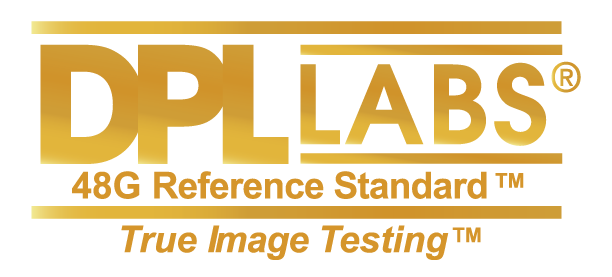
With the advent of 8 and 10K video resolutions comes an additional feature that is designed to help keep consumer systems running reliably. Known as “Link Training” it provides a means to correct one of Digital Videos’ most problematic characteristics which is its hunger for bandwidth.
As resolution increased with updated revisions the demand for bandwidth continued to grow to leave many consumers “In the Dark” if their Digital Video’s interface cable did not have the necessary bandwidth to support a particular resolution. As an example, to reproduce 1080P the bandwidth for each video channel needs a bandwidth of 1.65Gbps, 40 times more bandwidth than the conventional analog television we used for better than 50 years.
As resolution increased so did the bandwidth leaving Digital Video cables constantly having to increase their throughput and performance. Introduce longer lengths to the equation and the bandwidth limits decrease even further along with resolution as well.
This problem has been with Digital Video for some time and now with Link Training being part of the new 8 and 10K resolution standard it can help reduce consumers’ television systems from going into the dark. It is a closed-loop system that originates at the source. The source defines the video resolution from whatever content it is instructed to send. These instructions are carried by information data referred to as EDID (Extended Display Identify Device). EDID is executed soon after the system wakes up and calls out to the display its recommended EDID resolution and negotiates with the display verifying that the display can support what the source wants to send. Once this decision has been made the system follows through Content Protection and plays the video. However, in many cases in the past, the cables had poor performance leaving many consumers video in the Dark due to their cables not being able to support the requested resolution and bandwidth negotiated by the source and the display. This, to this day, has not been rectified and with bandwidths now reaching 12Gbps these issues will increase.
Link Training can improve these bandwidth limitations by allowing the display to make on-demand decisions as to what the source wants to send compared to the system’s cable limitation. For instance, if the system is requesting 8K @ 32Gbps and the cable cannot support the entire 32Gbps signal content, the display can make that call by messaging back to the source requesting a lower data rate. This continues until a solid signal appears and, if needed, could drop as low as 10Gbps reducing the resolution from 8K to 2K. This is a major improvement from past revisions giving consumers at least a way out if their systems fail to reproduce the intended content.
This also means that consumers who pay dearly for these high resolutions can be jeopardized in performance as Link Training does its thing and reduces resolution.
In Comes DPL Labs® True Image™ Testing
DPL Labs® True Image™ Testing™ procedure was designed specifically to reduce the effect of cables causing systems to reduce performance from Link Training. The procedure was added to the DPL Labs® Argumentative Matrix algorithm with a set of known signal limits designed for each data rate. These signal limits are part of DPL Labs® new instrumentation automatically interrogating a cable’s signal performance by way of 11 highly critical Time Domain test measurements. Each data rate has its own set of values within the 11 test measurements. The cable must pass all 11 critical limits to earn the DPL Labs® Certification.


By using True Image™ testing, DPL Labs® Certification guarantees that each cable can pass its published resolution rating granting consumers Peace of Mind Guarantee that they will get every drop of resolutions from their video system.
